
OR
Economic growth goal of 15th five-year plan remains unmet
Published On: February 20, 2024 04:20 PM NPT By: Dilip Paudel
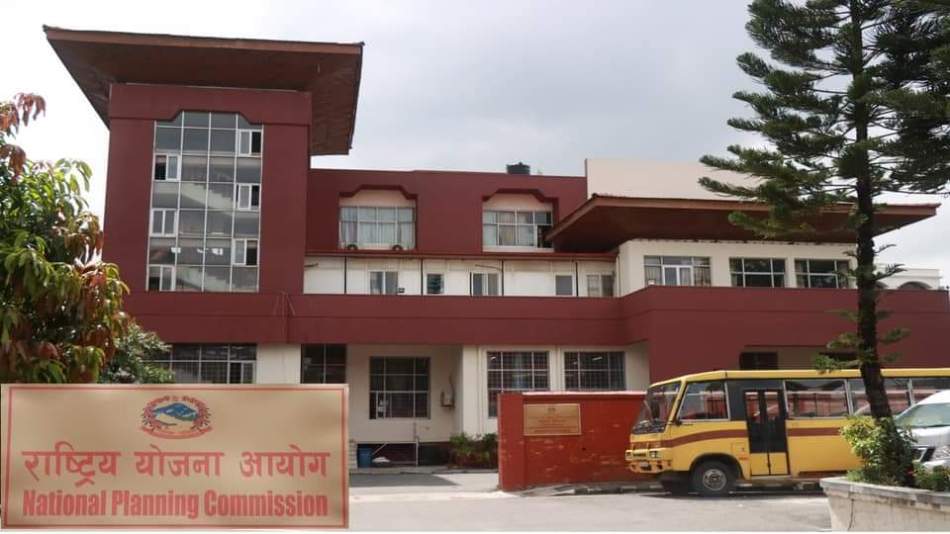
Return on investment of Rs 9.2 trillion falls below expectations
KATHMANDU, Feb 20: Although the government prepared the 15th five-year plan with the aim of achieving high economic growth following the latest political change in the country, the achievements have fallen significantly short of expectations. Despite the 15th Plan being prepared with a target of 9.6 percent economic growth, it’s now almost certain that the actual economic growth rate will be below 5 percent on average.
The National Planning Commission (NPC) reports that the average economic growth for the four years of the current five-year plan (2018/19 to 2022/23) is only 2.4 percent. The World Bank and the International Monetary Fund (IMF) have projected economic growth of 3.9 percent and 3.1 percent in the current year 2023/24, respectively.
In this way, the government has failed to meet the main target of economic growth. The government had projected an investment of around Rs 9.2 trillion in the 15th five-year plan. Although investment falls slightly below the projection, the economic growth indicators are disappointing.
Dr Ramesh Chandra Paudel, a member of the NPC, has attributed the failure to achieve the goals of the 15th plan to various factors such as the Covid-19 pandemic, earthquakes, weak capital expenditure, and inadequate investment. "During this period, it is seen that the economic growth may be limited to around 4 percent," Paudel said, "While the growth rate in other social sectors is satisfactory."
After completing the 15th plan, the government has drafted the 16th five-year plan. The 16th plan will commence from mid-July of the next fiscal year 2024/25. Due to the unmet targets of the 15th Plan, questions have arisen regarding the investment.
In comparison to previous plans, this five-year plan was expected to be a significant improvement. However, the current economic growth falls short of the average growth observed during the 11th to 14th five-year plans.
Similarly, the average absolute poverty reduction rate in the four years of the 15th Plan is only 0.58 percent. The poverty reduction rate in the 11th to 15th Plan was 1 percent. The revenue growth rate in the 15th Plan is only 4.1 percent, lower than the previous rate of 20.3 percent. Until there is sufficient increase in revenue, there will be a lack of resources required for the development of the country.
To increase revenue, both production and consumption must increase. However, due to the lack of these increases, the revenue growth rate has decreased. Similarly, government expenditure in the 15th plan was also 6.9 percent. Previously, the growth rate of government expenditure in the four periodic plans before the 15th averaged 14.4 percent.
Yamlal Bhusal, spokesperson for the NPC, said that although there has been significant improvement in the social sector, the expected achievements have not been achieved due to problems in the economic sector. Despite weak economic growth, the size of the country's gross domestic product (GDP) has increased. In the fiscal year 2018/19, the GDP was Rs 3.34 trillion, while in the fiscal year 2022/23, the size of GDP reached Rs 5.38 trillion.
Significant gains have been achieved in overall literacy and enrollment rates. The maternal mortality rate has been reduced to 151 live births per million, while the child mortality rate has also improved significantly.
The NPC reports high progress in basic drinking water and sanitation. More than 90 percent of households have access to electricity, and the road transport network has expanded in terms of physical infrastructure. Additionally, there has been an increase in the irrigated area.
The NPC has planned to achieve the expected goals in the 16th five-year plan by identifying the challenges of development. By the end of the 16th plan, the country aims to reach a gross domestic product (GDP) of around Rs 8 trillion to Rs 8.5 trillion. A draft has been prepared outlining a plan to invest about Rs 9.3 trillion during this period.
By 2026, Nepal aims to transition from a least developed country to a developing country and to achieve middle-income status by 2030 through the attainment of the sustainable development goals. Based on this objective, a draft of the 16th five-year plan has been prepared for the next fiscal year 2024/25 to 2028/29.
It is envisioned that by the year 2100, Nepal will have achieved a high-income status with a per capita income of $12,100, along with other indicators of high development.
You May Like This
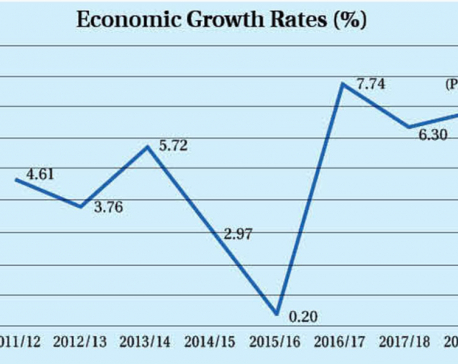
Economy to grow by 6.81% this year: CBS
KATHMANDU, April 27: The country's economic output is projected to grow by 6.81 percent in the current fiscal year and... Read More...

PAF activities slow off the mark, says NPC report
KATHMANDU, Sept 23: The social mobilization programme launched by the Poverty Alleviation Fund (PAF) has been found questionable, and its strategy... Read More...

NPC into Prime Minister Cup semis, Eastern Region crashes out
KATHMANDU, May 27: Eastern Region has crashed out from the ongoing Prime Minister Cup One Day National Cricket Tournament on Friday. Read More...
Just In
- Hundreds of passengers including foreign tourists in distress as poor visibility halts flights to and from PRIA
- Nepal clinches thrilling victory over West Indies 'A' in T20 cricket match
- Capital Market Struggle Committee stages protest demanding protection of domestic investors (Photo Feature)
- Captain Paudel scores half-century in T20 match against West Indies 'A'
- Nine youths from Tanahu allegedly joining Russian army out of family contact for months
- West Indies 'A' sets Nepal a target of 205 runs
- Parliamentary committee directs govt to provide electricity tariff subsidies to cold storage facilities
- Former DoTM employee Bhatta arrested in connection with illegal license issuance case









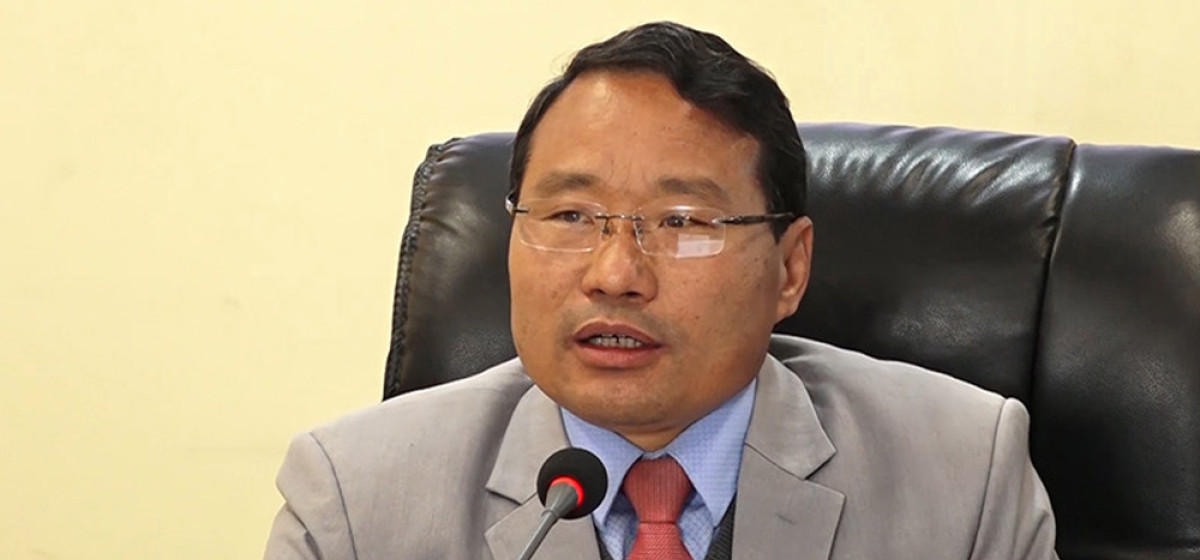

-1200x560-wm_20240427144118.jpg)

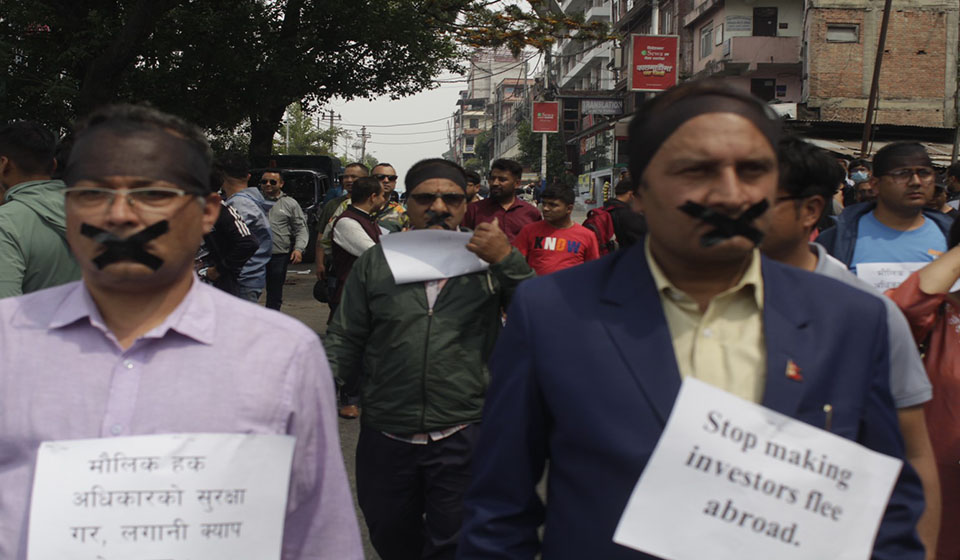


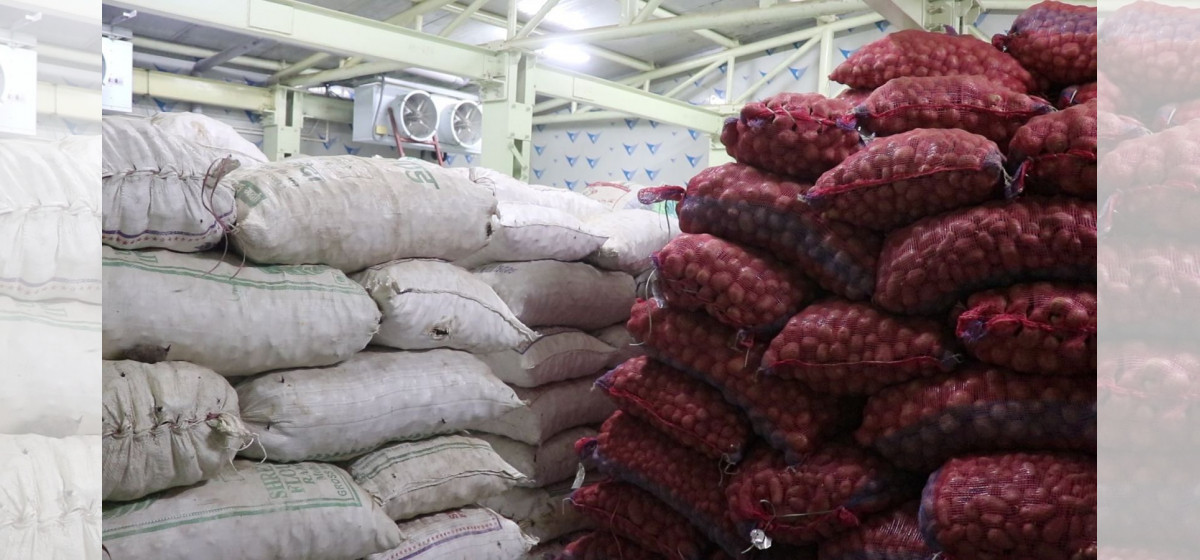

Leave A Comment